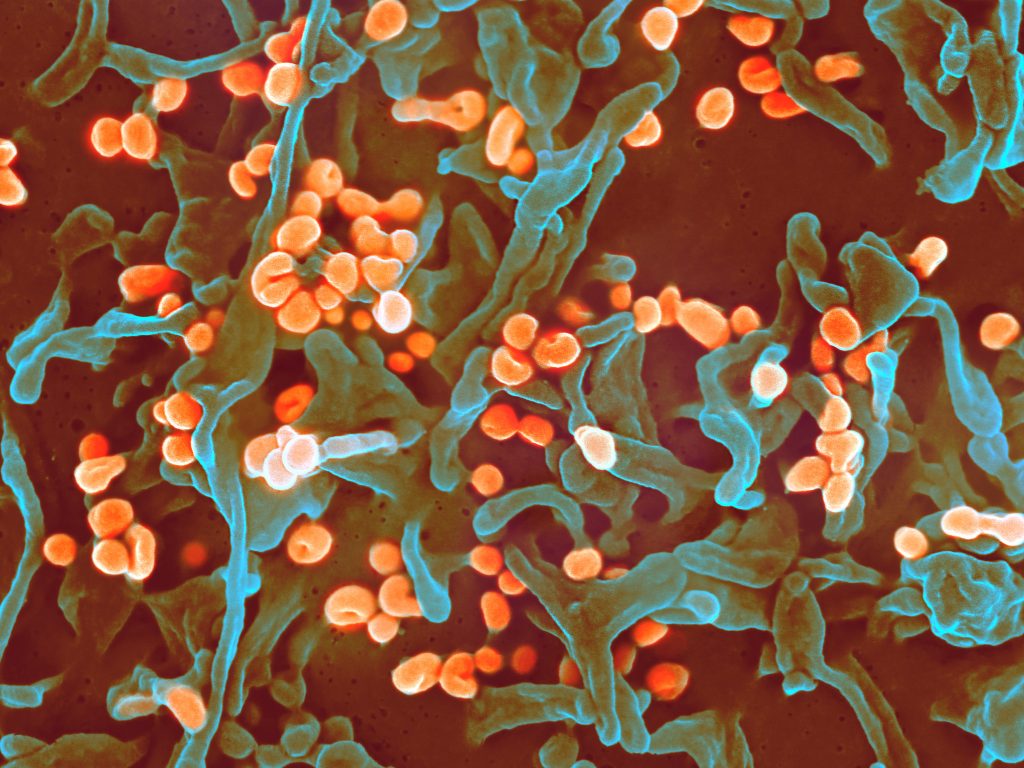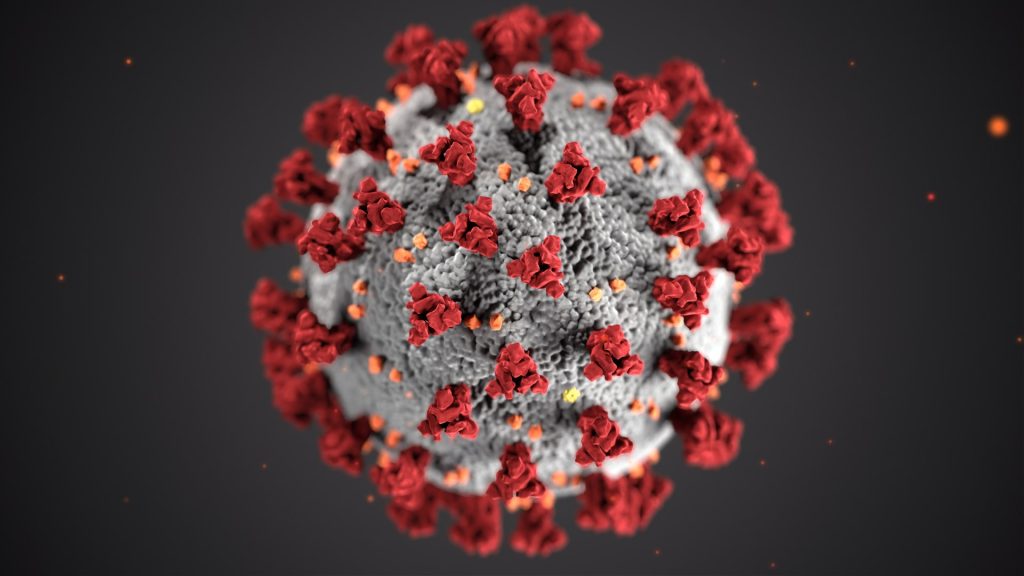Prominent Cardiologist’s Passing a Loss to KZN Healthcare
Colleagues pay tribute to highly respected Dr Singh

Monday, 27 May 2024. The passing of esteemed cardiologist Dr Surendra Singh (11 April 1955 – 16 May 2024) at the age of 69 after a short illness is a tremendous loss to healthcare in KwaZulu-Natal, the communities he served and everyone who knew him.
“We wish to express our sincere condolences to Dr Singh’s wife, Professor Shanta, and his children Rajiv, Ameet and Rhea,” said Netcare uMhlanga Hospital general manager Wendy Beato.
“We mourn the passing of an exceptional healthcare professional and a man of stature. Dr Singh was highly respected and much loved by his colleagues, patients and the staff and management of Netcare uMhlanga Hospital, where he has practised for several years.
“Dr Singh will be deeply missed by all who had the privilege to know him,” she says.
After qualifying as a cardiologist in 1990, Dr Singh embarked on a journey during which he harnessed the power of his knowledge to heal others. Known for this brilliance both as a man and a doctor, he possessed a rare combination of exceptional expertise, humility and deep caring.
“Dr Singh’s dedication to his patients was evident throughout his career, and he continued to provide much valued service at Netcare uMhlanga Hospital until he became ill. His passing leaves a deep void for all who knew him and the countless patients whose lives he touched throughout his career.
“Dr Singh’s legacy as a caring healthcare provider and respected cardiologist will endure. Through his considerable dedication and expertise, he improved and saved lives while inspiring a new generation of healthcare professionals. His passion for healing and deep commitment to his patients will be forever remembered. Although his time with us was cut short, the impact of his life’s work will continue to be felt for many years to come,” Beato concluded.





